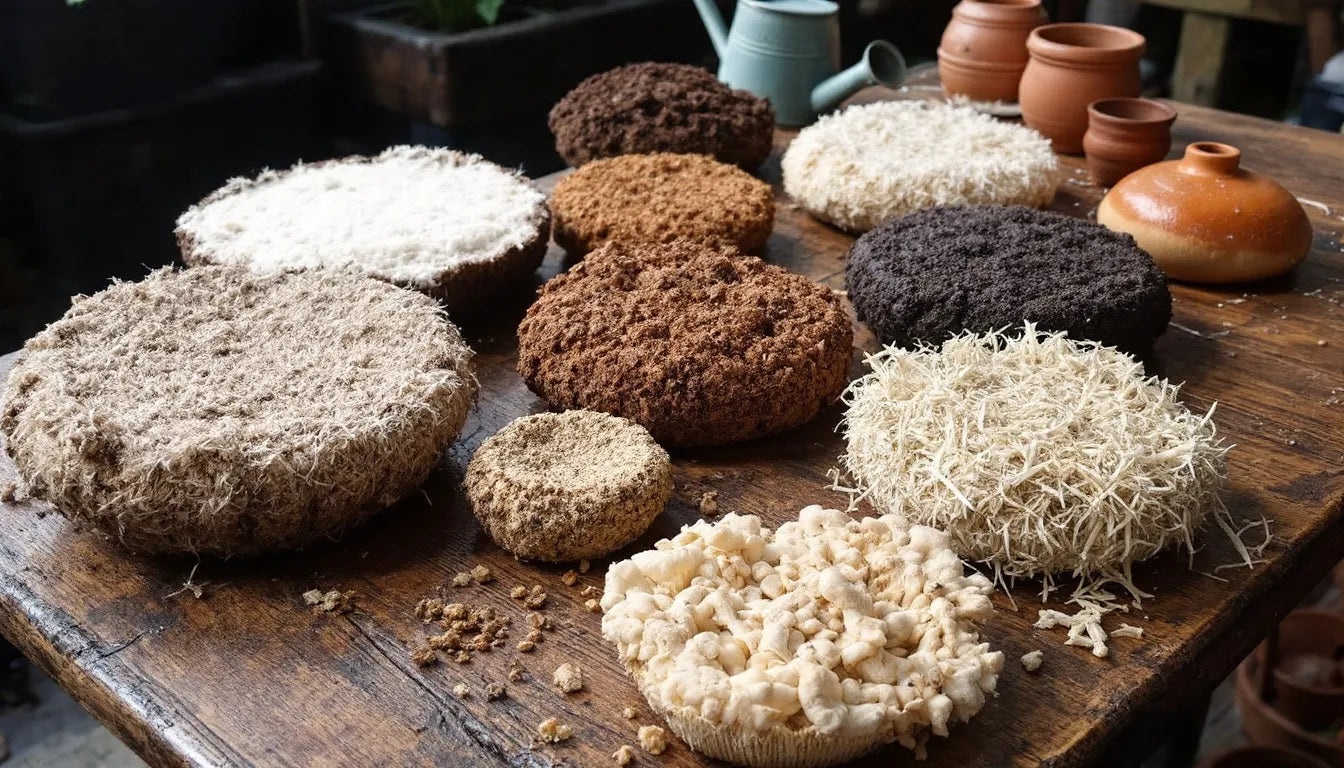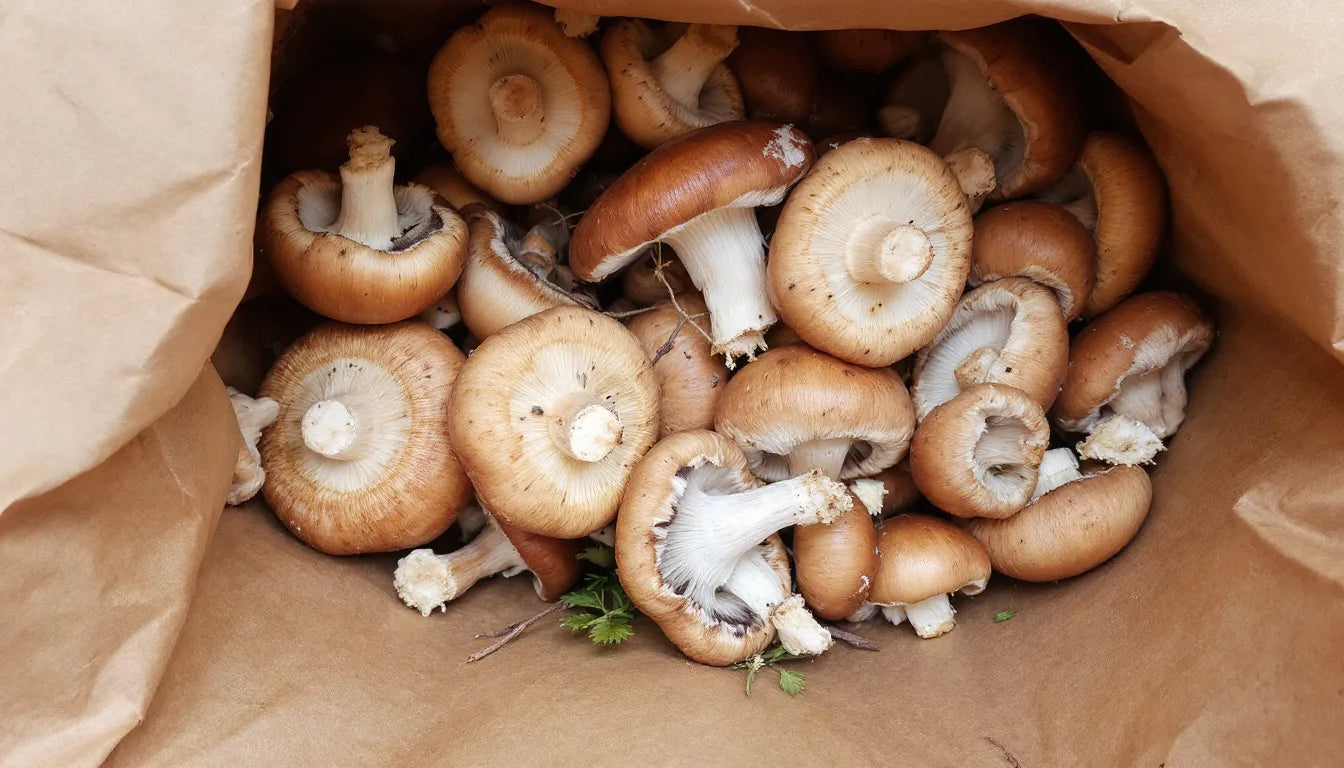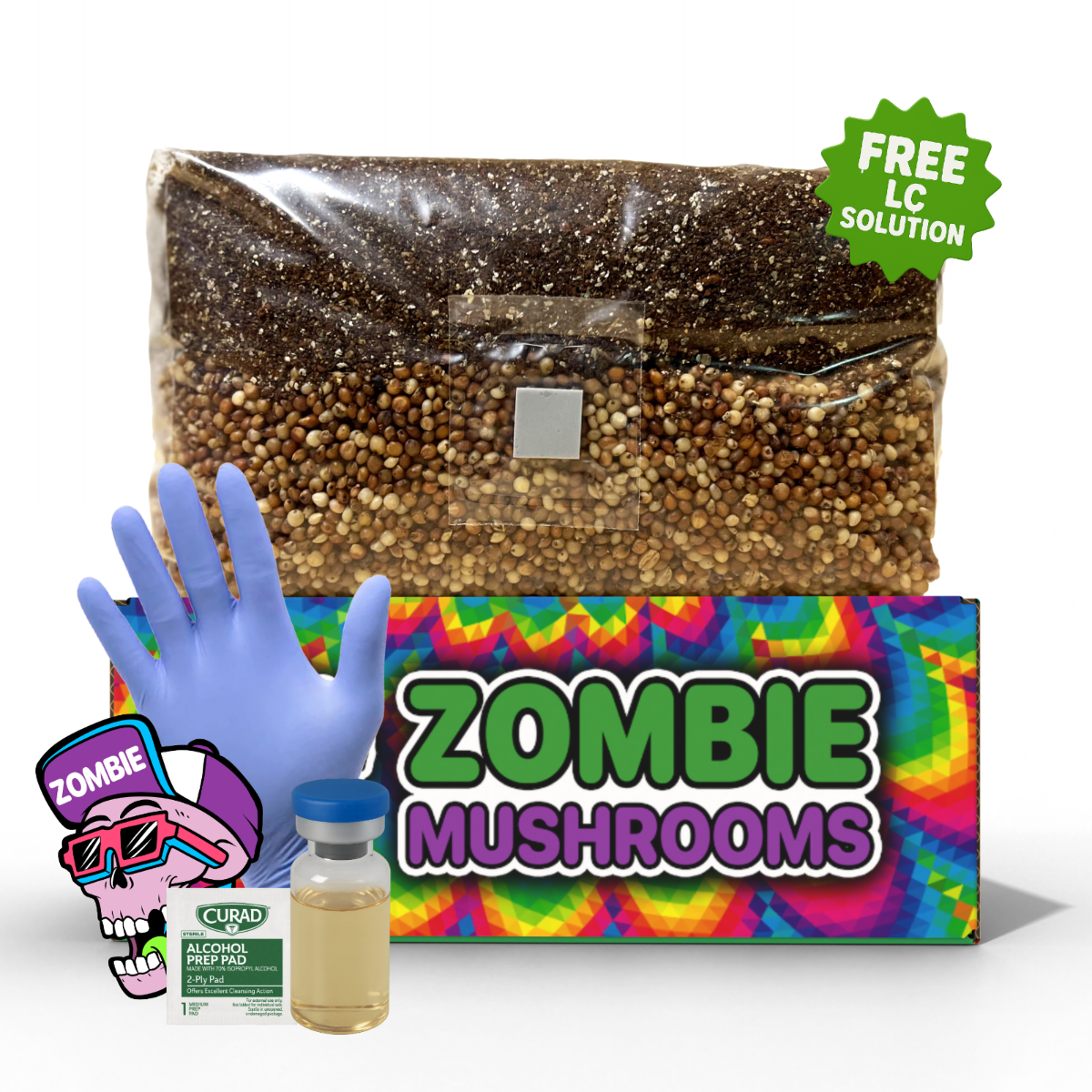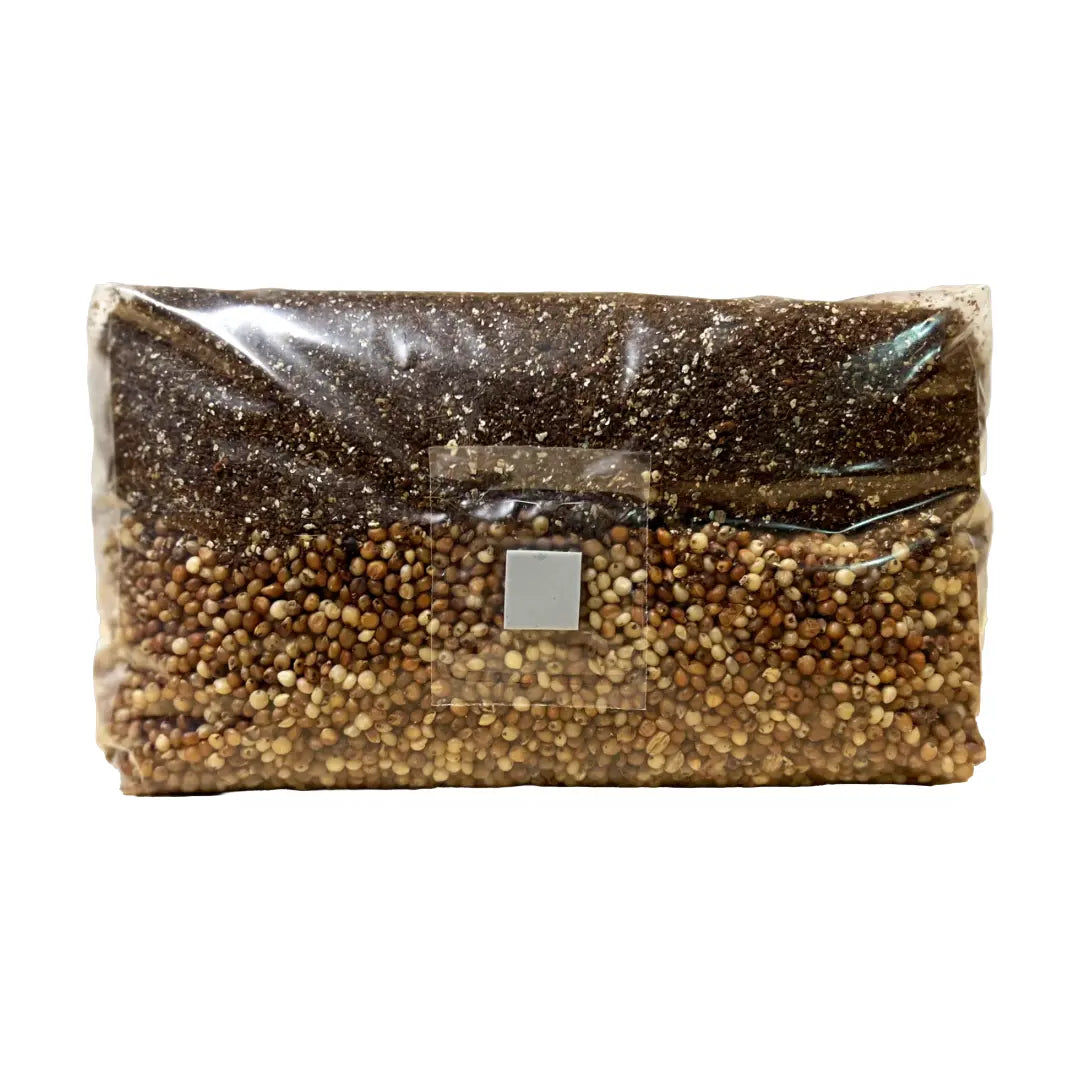- Pink oyster mushrooms (Pleurotus djamor) develop rapidly and do well in warm climates, making them just right for growing at your place.
- They can be developed on different bases like straw, sawdust, and coffee remains, making them very adaptable.
- Best growing conditions are temperatures between 70-85°F and moisture amounts of 85-95% when producing fruit.
- Their short time before spoiling means they need to be used quickly, dried, or frozen for storing longer.
- Good air flow, base prep, and wetness control are important for a good gather.
Developing pink oyster mushrooms is one of the most simple ways for beginners to grow mushrooms at home. These bright fungi grow fast, do well in warm temps, and can be grown on a variety of bases, making them a good choice for anyone wanting to get into mushroom farming. If you are a beginner or have experience growing, learning how to grow pink oyster mushrooms is satisfying, fun, and leads to a tasty homegrown ingredient that is not often found in grocery stores. Pink oyster mushrooms are fast, easy, and great for beginners. With our monotubs, you get the perfect environment for bigger, healthier harvests at home.

What Makes Pink Oyster Mushrooms Special?
Pink oyster mushrooms (Pleurotus djamor) are special because of their bright pink color and quick growth, but they also have other special traits that make them different from other oyster mushroom types.
Heat Tolerance
Different from other oyster types that like colder temps, pink oyster mushrooms do well in warm weather conditions, with a best temp range of 70–85°F (21–29°C). This makes them right for growing in summer months without needing temp control or costly cooling systems.
Rapid Growth Rate
Pink oyster mushrooms take over bases quickly and start producing fruit in only 10–14 days, making them one of the fastest-growing fancy mushrooms. Some growers have seen mycelium fully taking over the base in as little as a week in best conditions.
Lower Fresh Air Exchange Needs
Most oyster mushrooms need high fresh air exchange (FAE) to stop deformed growth, but pink oysters are less needing, making them simpler to grow in closed areas like grow tents or special mushroom grow bags.
Short Shelf Life
One bad thing about pink oyster mushrooms is their short time before spoiling. They start to wilt and lose their bright color within a few days of picking and can make a smell like ammonia if not used soon. Different from white or blue oyster mushrooms, which can stay good for over a week, pink oysters must be cooked or kept almost right after picking.

Getting Ready to Grow Pink Oyster Mushrooms
Before starting your pink oyster mushroom growing process, it’s important to set up the right growing conditions.
Best Growing Conditions
Pink oysters do well in the following setting
- Temperature: 70–85°F (21–29°C)
- Humidity: 85%–95% for producing fruit
- Lighting: Not direct natural light or fluorescent lighting
- Fresh Air Exchange: Okay, but not too much
- Substrate: Nutrient-rich materials like straw, hardwood sawdust, or coffee remains
Making a good balance between wetness, air flow, and lighting is needed for good fruit making and stopping common problems like mold or bad harvests.

Picking the Right Substrate
Pink oyster mushrooms are very adaptable and grow on different natural waste materials, making them a nature-friendly choice for home growers.
Best Substrate Choices
- Straw – One of the most cheap and often used bases. Pasteurization is needed.
- Hardwood Sawdust – Gives steady nutrient amounts; best when helped with wheat bran.
- Coffee Grounds – A free and easy to get choice full of nutrients (works best when mixed with sawdust).
- Soy Hulls (Master’s Mix) – A mix of hardwood sawdust and soy hulls makes high harvest chances.
If using loose things like sawdust or coffee remains, sterilization is needed to stop contamination.

Setting Up the Fruiting Blocks
To make sure of high harvests and healthy pink oyster mushrooms, making correctly prepped fruit blocks is key.
Step-by-Step Fruiting Block Setup
-
Prep the Substrate
- Mix hardwood sawdust and wheat bran or use the Master’s Mix way (50% hardwood sawdust, 50% soy hulls).
-
Sterilization or Pasteurization
- Hardwood sawdust and helped-growing stuff need sterilization (boiling or pressure cooking at 15 PSI for 90 minutes).
- Straw-based bases only need pasteurization (soaking in hot water at 160–180°F for 1 hour).
-
- Once cooled, mix the base with pink oyster mushroom grain start in clean settings.
-
Incubation Period (10–14 Days)

Fruiting: How to Get the Best Yield
Once the mycelium has fully taken over the base, put in fruit conditions to push fast mushroom growth.
Key Fruiting Stage Ways
- Increase Humidity – Mist the grow blocks daily or use a wetness tent for best wetness amounts (>85%).
- Improve Air Exchange – Open grow bags in a good air flow area to push strong fruit body make up.
- Lighting Adjustment – Not direct sunlight or fake fluorescent lights can start right fruit making.
Starting Pinning
To push mushroom pins (baby mushrooms) to come out, cut small 1–2-inch cuts in the grow bag. This copies natural bark holes where pink oysters normally grow.

Harvesting Pink Oyster Mushrooms
Pink oyster mushrooms make fruit within two weeks of getting into fruit conditions. A well-kept block can make many flushes (pickings) before using up nutrients.
Signs They’re Ready to Harvest
- The mushroom caps are fully shaped but edges are still a bit curled.
- Bright pink color is kept (it fades as mushrooms get too old).
To pick
- Use a sharp knife or twist the groups softly at the bottom to stop hurting mycelium.
- Store right away or cook within 2–3 days to keep good condition.

Storage and Shelf-Life Thoughts
Pink oyster mushrooms get worse quickly and are best used within 2–3 days after picking.
Storage Ways
- Refrigeration: Store in a paper bag to lower wetness build up (max 3 days).
- Drying: Dried oysters can last several months.
- Freezing: Blanche before freezing to keep texture.

Cooking with Pink Oyster Mushrooms
Pink oyster mushrooms have a light, a bit like seafood flavor with a meaty feel, making them a liked meat option.
Pink Oyster Mushroom Bacon Recipe
- Cut mushrooms into thin strips.
- Sauté in butter or coconut oil over medium heat.
- Sprinkle with salt and smoked paprika for a crispy, like bacon feel.
- Serve as a topping for burgers, sandwiches, or salads.

Common Growing Mistakes & Fixing Tips
- Overwatering: Too much wetness can cause bacteria or mold growth.
- Poor Ventilation: Still air can lead to small, deformed mushrooms.
- Wrong Temperature: Too cold, and fruit making slows down or stops fully.

Health Benefits of Pink Oyster Mushrooms
Pink oyster mushrooms give needed nutrients that help body defense work, digestion, and muscle fix.
- High in Protein and Fiber – Helps muscle growth and gut health.
- Rich in Antioxidants – Lowers stress from oxidation and helps long life.
- Contains Beta-Glucans – Makes body defense system answer better.
Final Thoughts
Growing pink oyster mushrooms is simple, fun, and worth it. If you grow them inside or outside, following the right ways makes sure of a big picking of fresh, bright mushrooms. Their fast growth, special taste, and health gains make them a great add to any home garden or kitchen.
Start your pink oyster mushroom growing today with top-rated growing kits and supplies from Zombie Mushrooms!
Citations
- Stamets, P. (2005). Mycelium Running: How Mushrooms Can Help Save the World. Ten Speed Press.
- Chang, S. T., & Miles, P. G. (2004). Mushrooms: Cultivation, Nutritional Value, Medicinal Effect, and Environmental Impact. CRC Press.
- Tan, Y. S., & Wahab, N. A. (2017). Pleurotus Mushrooms: Cultivation and Medicinal Applications. Molecules, 22(2), 219.



